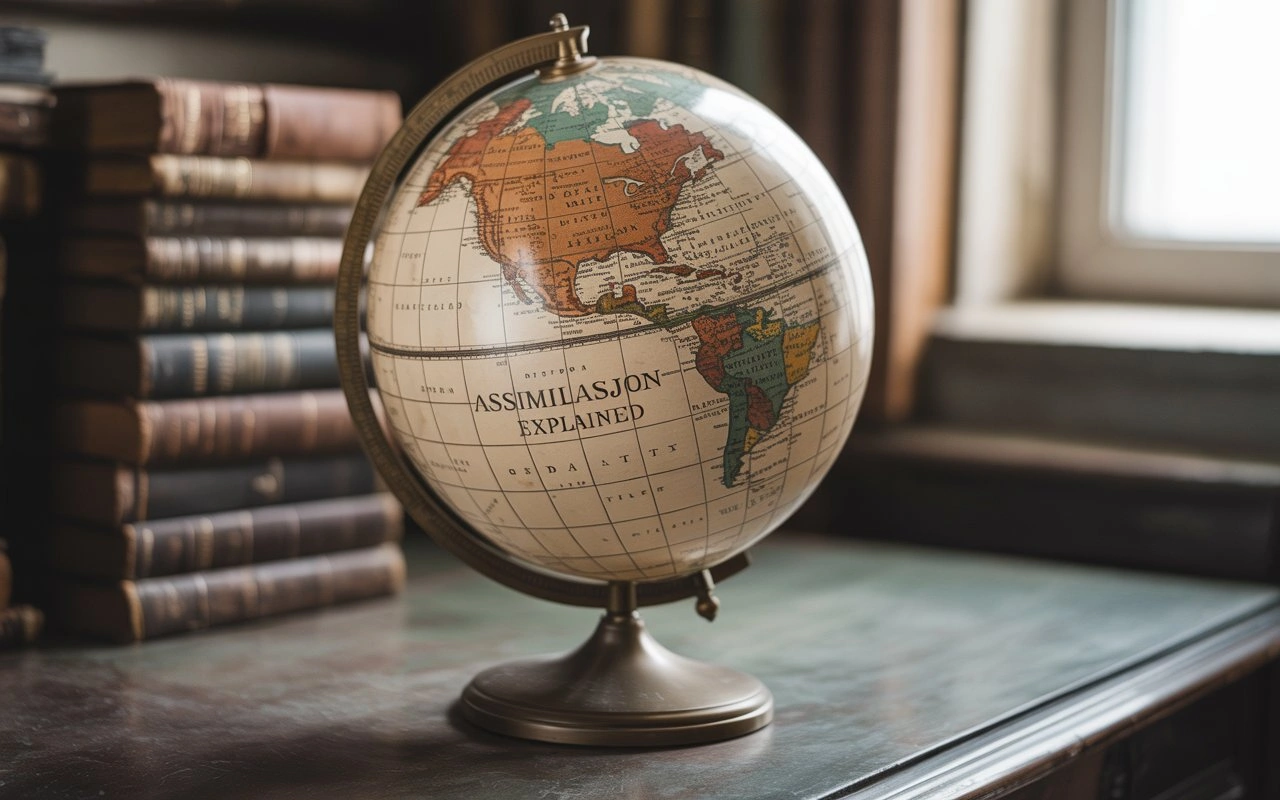Discover the full meaning of assimilasjon, its history, cultural impact, and role in modern society. Learn how assimilation shapes identity, immigration, and global communities.
Introduction to Assimilasjon
The term assimilasjon refers to the process in which individuals or groups adopt the culture, values, language, and behaviors of another society. In simple words, assimilation happens when people blend into a new community, often leaving behind parts of their original identity.
In today’s interconnected world, assimilation has become a central discussion point in debates on immigration, multiculturalism, and global identity. While some view it as a way to create unity, others argue it can lead to the loss of cultural heritage.
This article dives deep into the meaning, history, and modern impact of assimilation, offering insights into why it matters in shaping our societies.
The Meaning of Assimilasjon
Assimilasjon is more than just learning a new language or adopting different habits. It is a social and cultural process where minority groups gradually adapt to the norms of the dominant culture.
Key elements of assimilasjon include:
-
Language adoption – speaking the language of the majority.
-
Cultural adaptation – embracing traditions, values, and practices.
-
Social integration – participating fully in community, education, and work life.
-
Identity transformation – feeling a stronger sense of belonging to the new culture.
In short, Assimilation is about fitting in—but it often raises the question: At what cost?
Historical Background of Assimilasjon
Assimilasjon is not new—it has been part of human history for centuries.
-
Ancient Empires – The Romans assimilated conquered peoples by spreading Latin, Roman laws, and traditions.
-
Colonial Period – Colonizers imposed their culture, language, and religion on indigenous populations worldwide.
-
Nation-Building in Europe – Countries like France and Norway promoted assimilation to create national unity.
For instance, in Norway, indigenous Sami people were once pressured to abandon their language and traditions to fit into the mainstream Norwegian culture. This historical example highlights both the power and controversy of it.
Types of Assimilasjon
Not all assimilation is the same. Sociologists usually divide it into different categories:
-
Cultural Assimilation – Adopting the traditions, values, and behaviors of the majority culture.
-
Structural Assimilation – Entering into social, economic, and political structures of society.
-
Biological Assimilation – Intermarriage between groups, blending ethnic backgrounds.
-
Psychological Assimilation – Developing an emotional identification with the dominant culture.
Modern Impact
In today’s globalized world, assimilas-jon plays a major role in immigration policies, community development, and cultural identity.
Positive Impacts
-
Encourages unity and reduces cultural conflict.
-
Provides economic opportunities for immigrants.
-
Helps people adapt quickly in a new society.
Negative Impacts
-
Risk of losing original culture, traditions, and languages.
-
Can create identity struggles for minority groups.
-
May lead to cultural homogenization, reducing diversity.
Assimilasjon vs. Integration
While often confused, assimilasjon and integration are not the same:
-
Assimilasjon: Minority groups adopt the dominant culture, often giving up their original identity.
-
Integration: Minority groups keep their cultural identity while also participating in the broader society.
Modern multicultural societies often prefer integration over complete assimilation, as it respects diversity while promoting unity.
Assimilasjon in Norway Today
In Norway, assimilasjon has a controversial history, especially regarding the Sami people and immigrant communities. However, today the country promotes integration rather than forced assimilation.
Immigrants are encouraged to learn Norwegian, participate in society, and adapt to local norms—but they are also supported in keeping their own cultural heritage.
The Debate Around Assimilasjon
The topic of assimilasjon sparks strong debates:
-
Supporters argue it creates stronger national unity and helps immigrants thrive.
-
Critics argue it erases cultural diversity and forces people to abandon their identities.
This balance between unity and diversity is at the heart of modern discussions about it.
Frequently Asked Questions (FAQs)
1. What does assimilasjon mean in simple terms?
Assimilasjon means adapting to a new culture by learning its language, traditions, and values, often blending in with the dominant society.
2. Is assimilasjon always negative?
Not necessarily. Assimilation can help immigrants adapt, but it may also cause cultural loss if it is forced.
3. What is the difference between assimilation and integration?
Assimilation requires adopting the dominant culture fully, while integration allows people to keep their original identity.
4. Why is Assimilation important in history?
It shaped empires, colonization, and nation-building, influencing how societies evolved.
5. How does assimilasjon affect identity?
It can create new identities but may also cause internal struggles when balancing between two cultures.
6. What is an example of assimilasjon in Norway?
The Sami people were historically pressured to assimilate into Norwegian culture, losing language and traditions.
Conclusion
Assimilasjon will continue to shape our world as globalization brings cultures closer together. While it can unite societies, it also poses challenges of cultural loss and identity struggles.
The key lies in finding balance—building communities where people can belong without erasing who they are.
In the end, assimilasjon is not just about fitting into society—it’s about shaping a future where unity and diversity can coexist.

